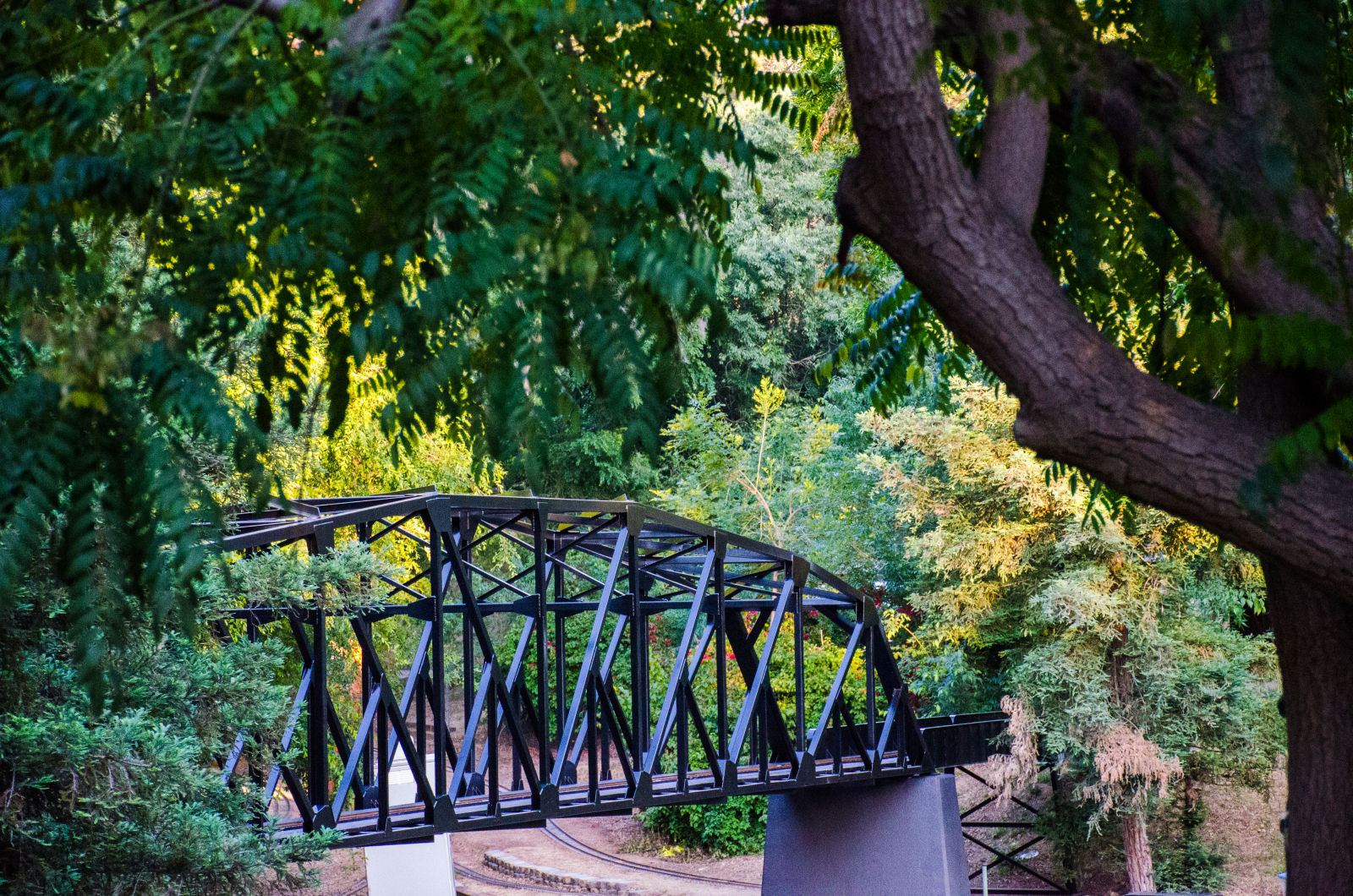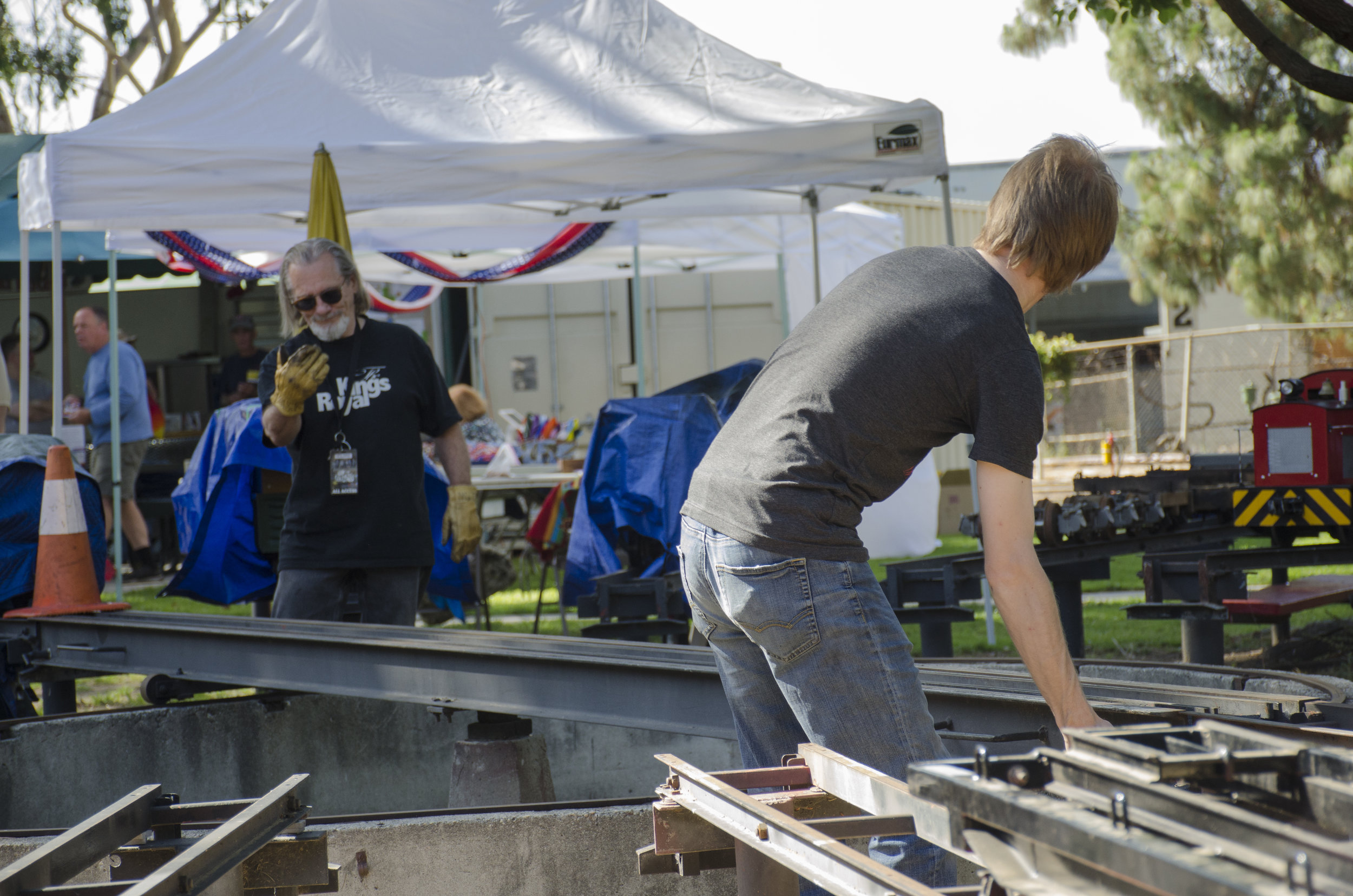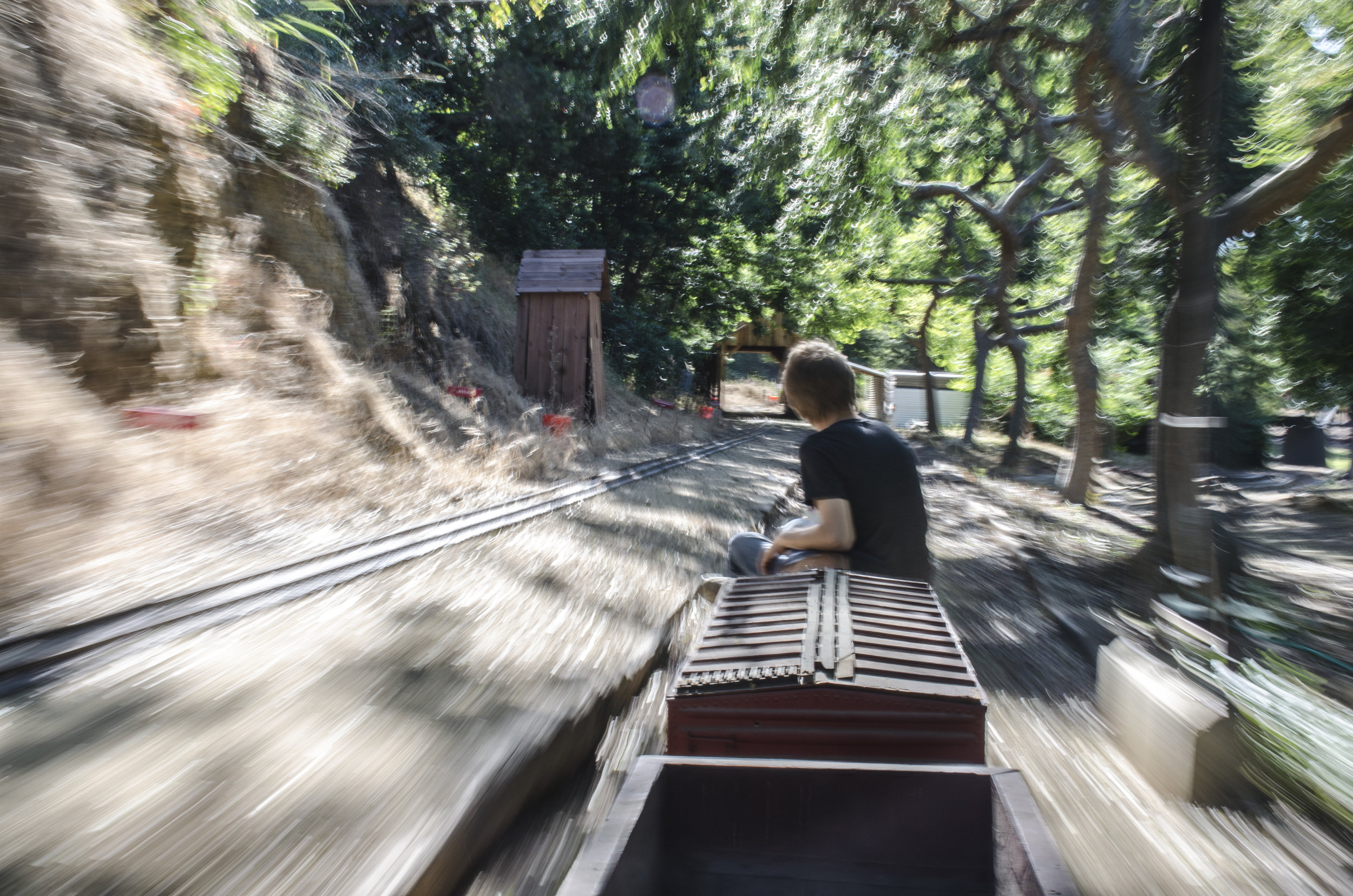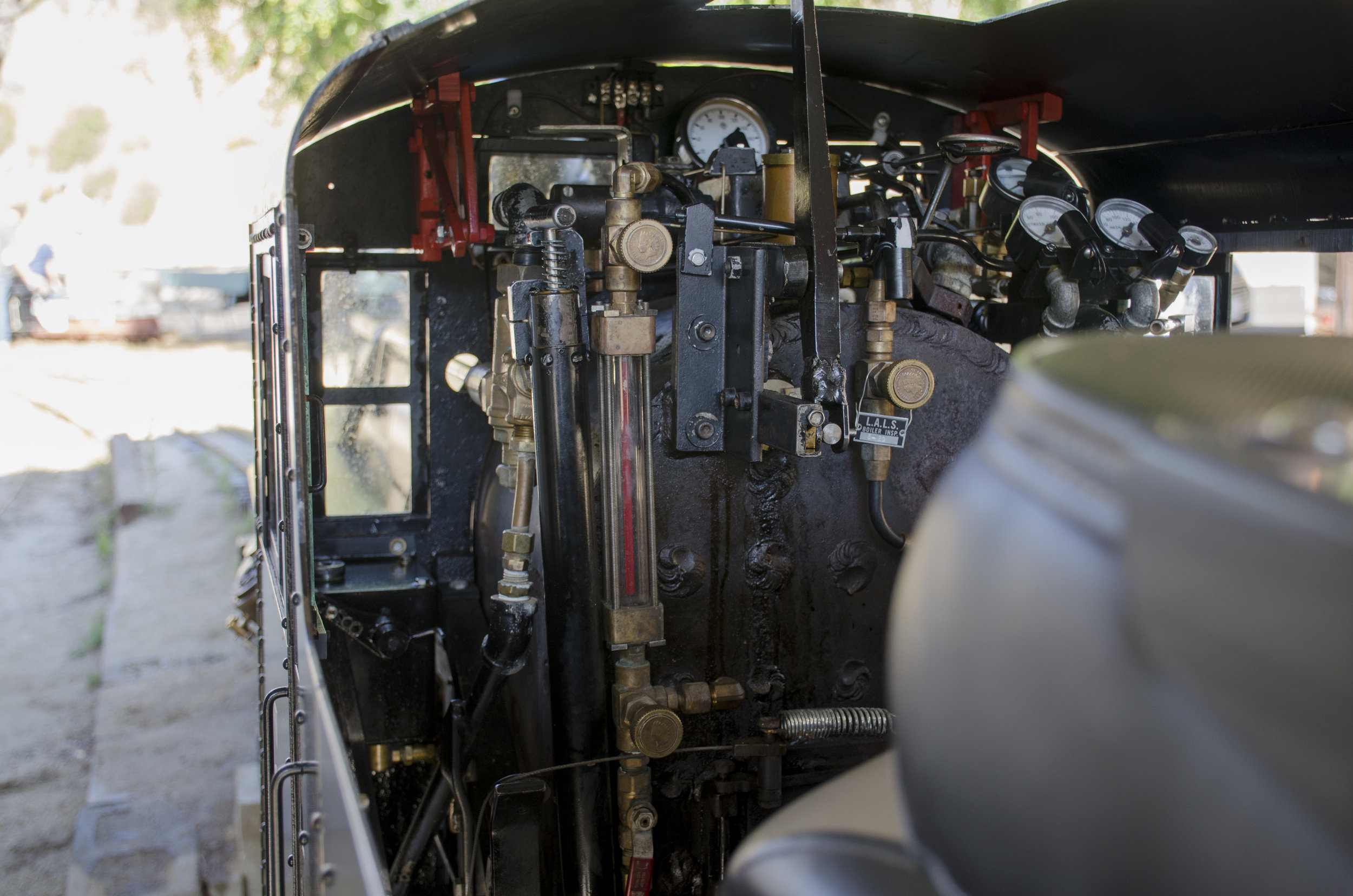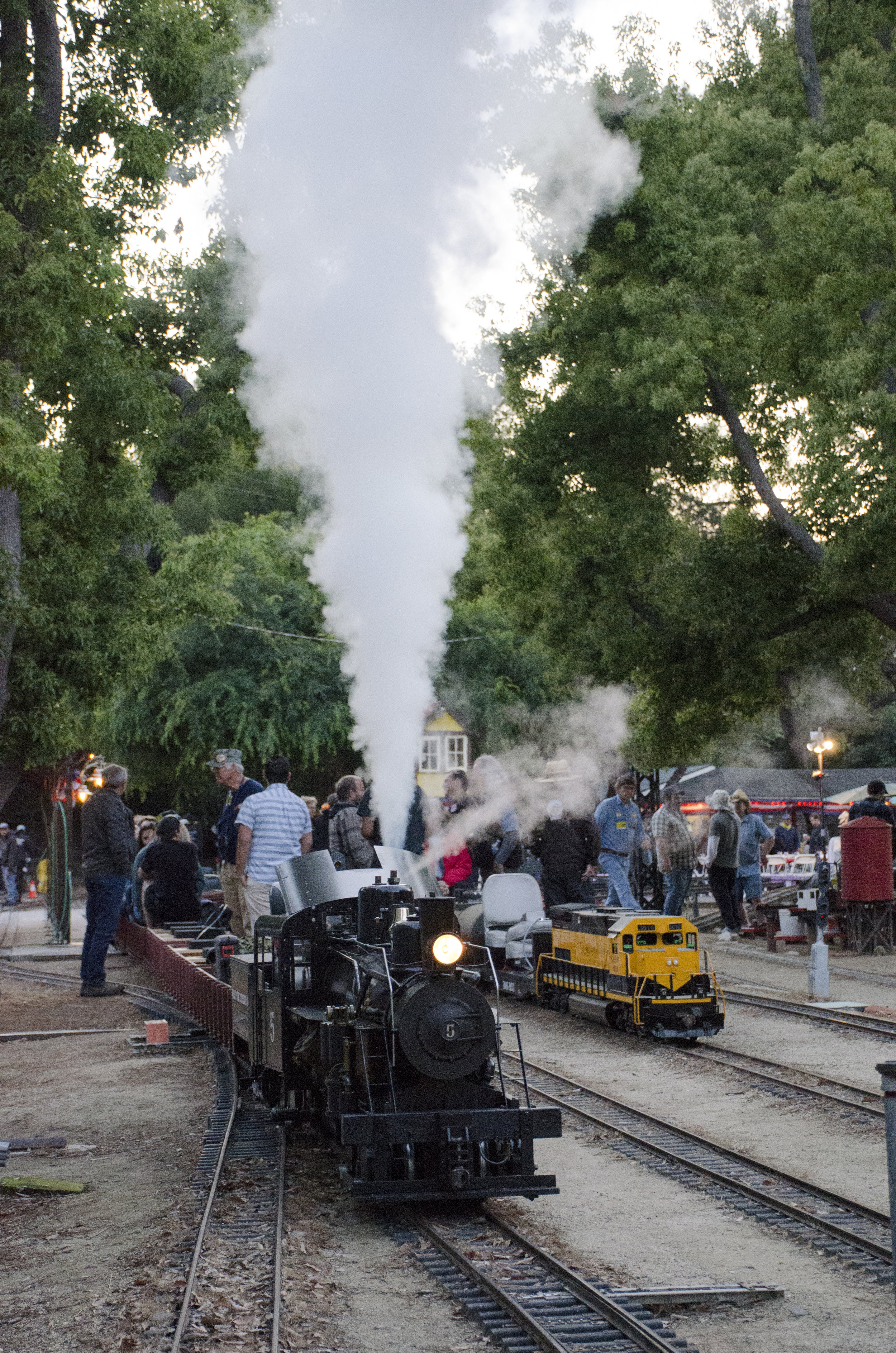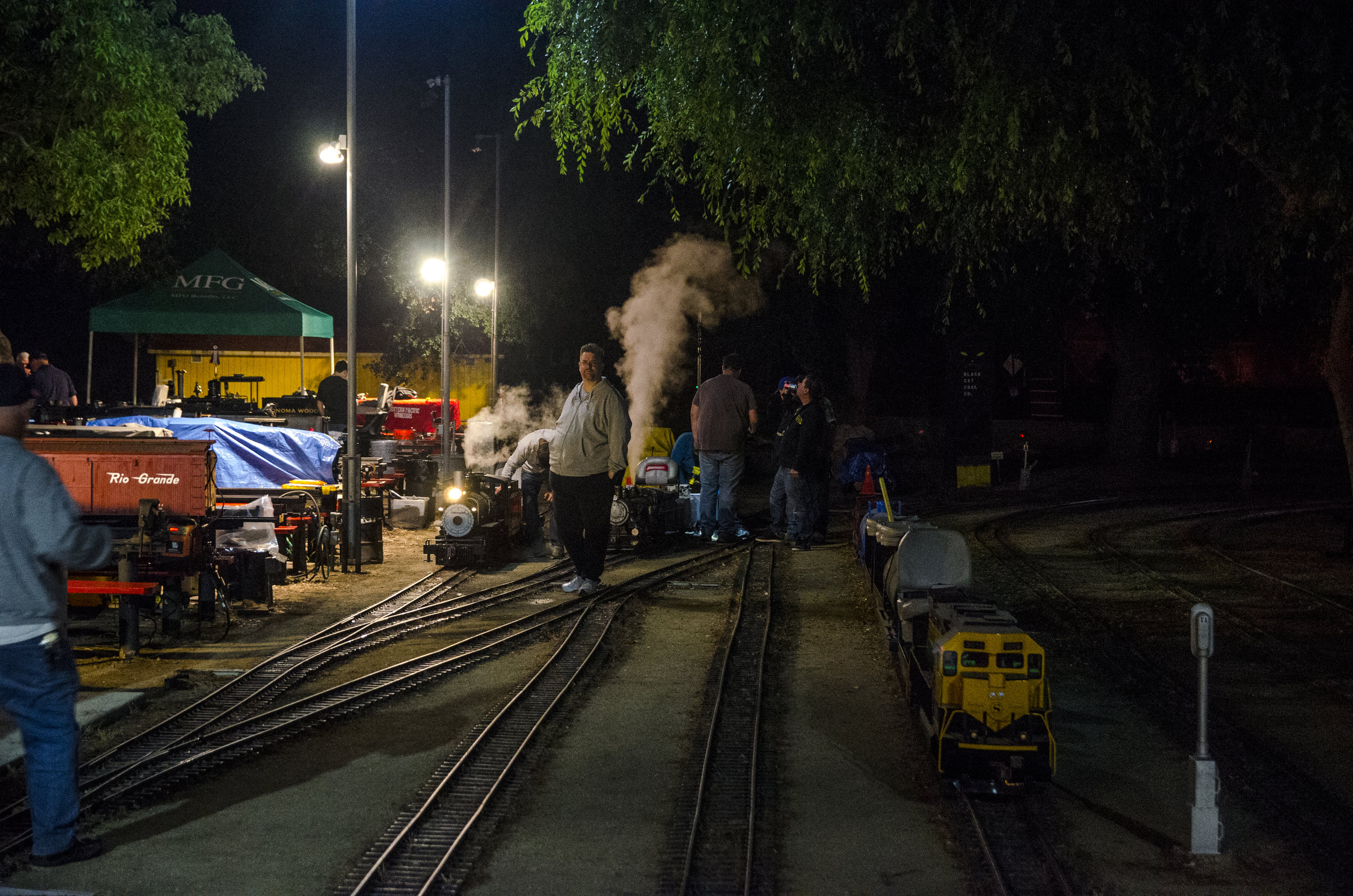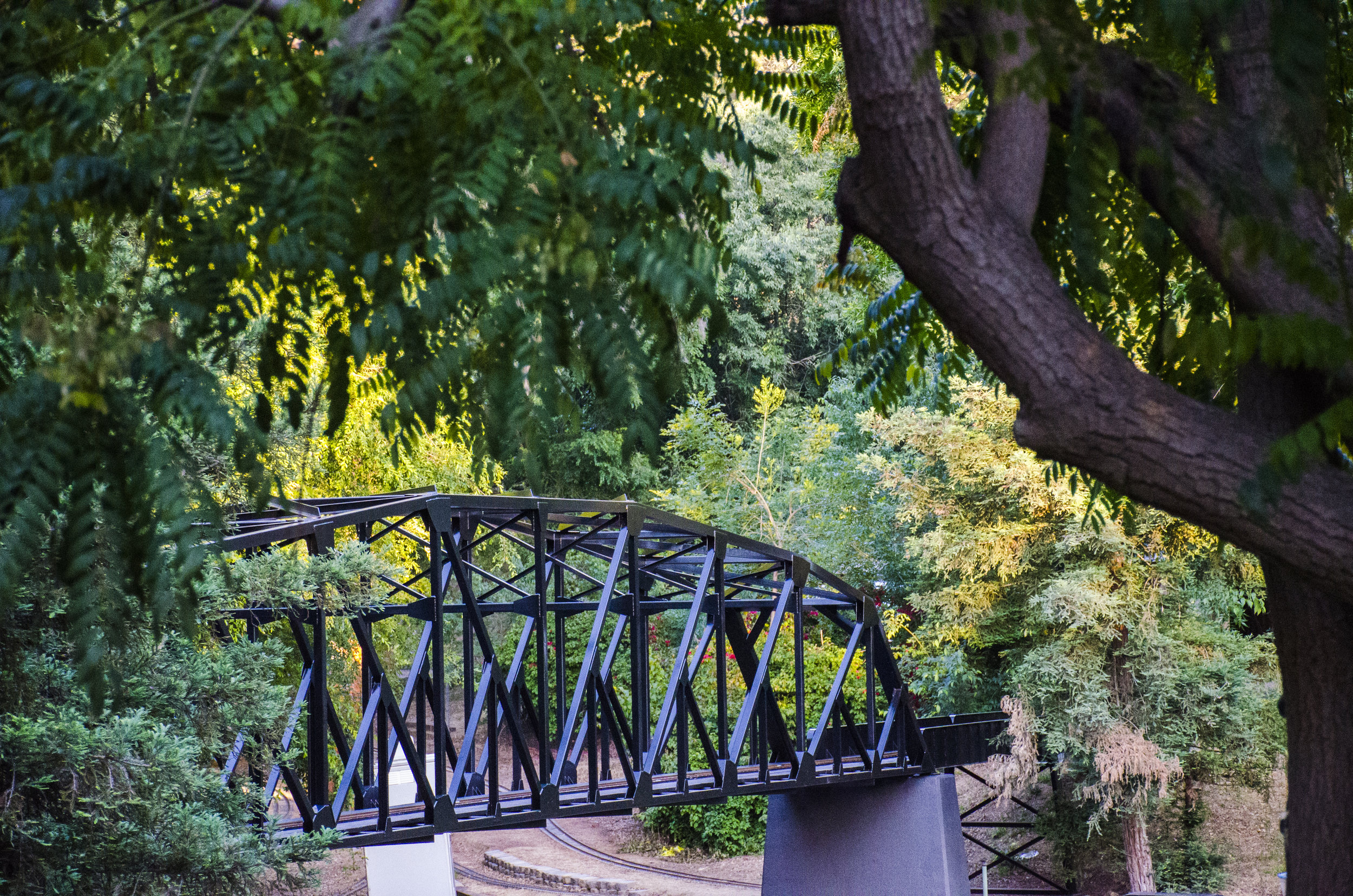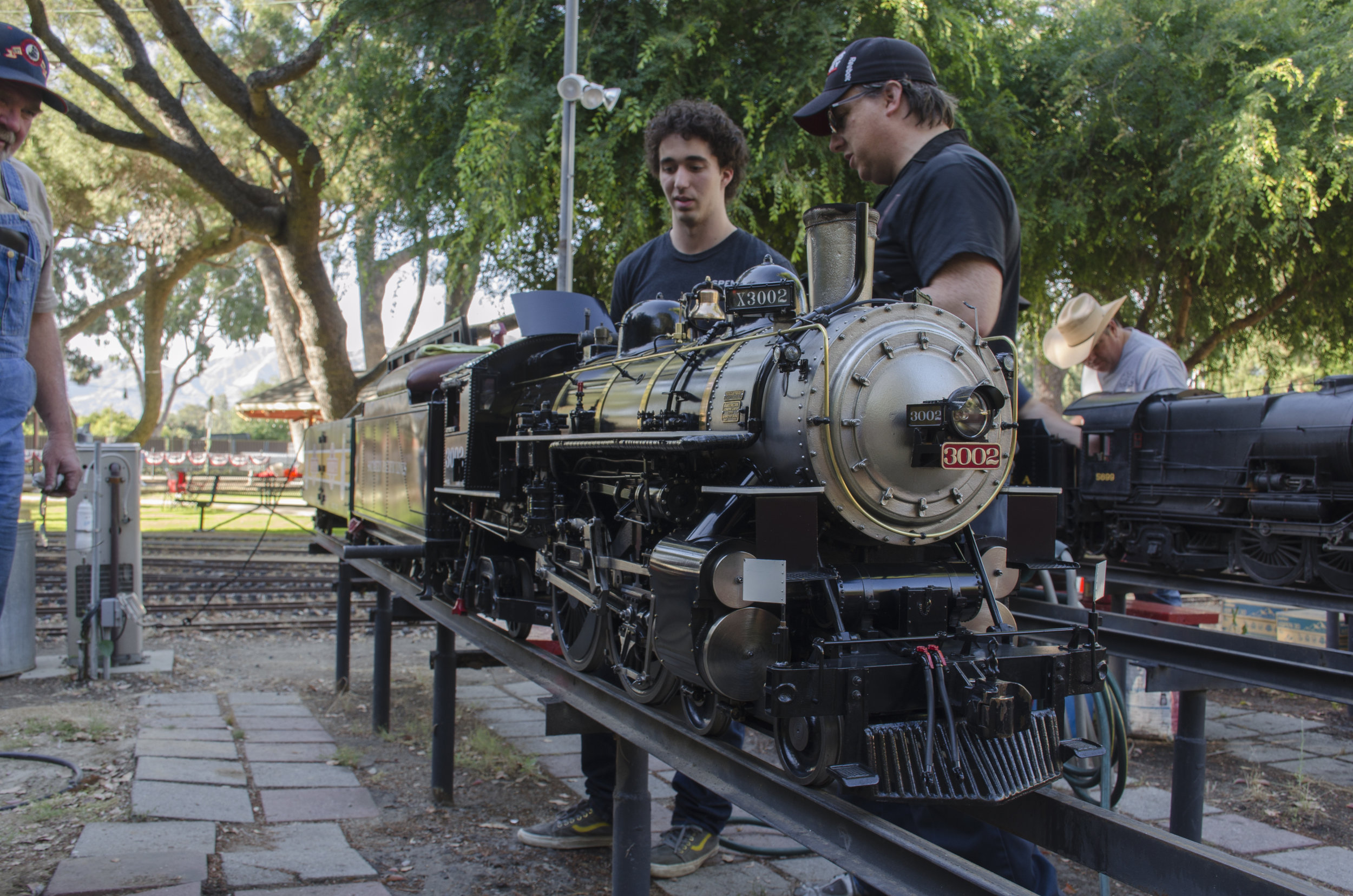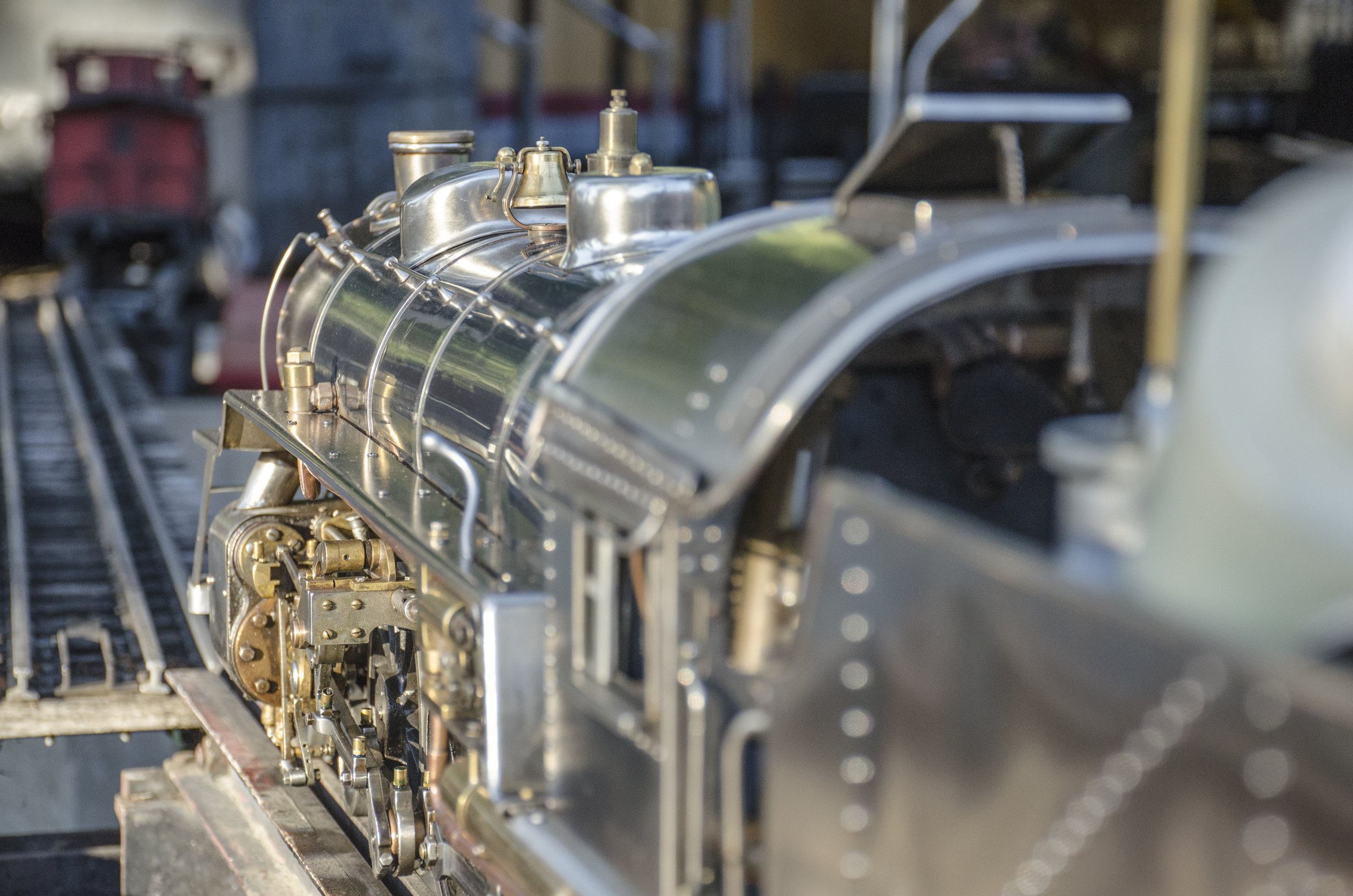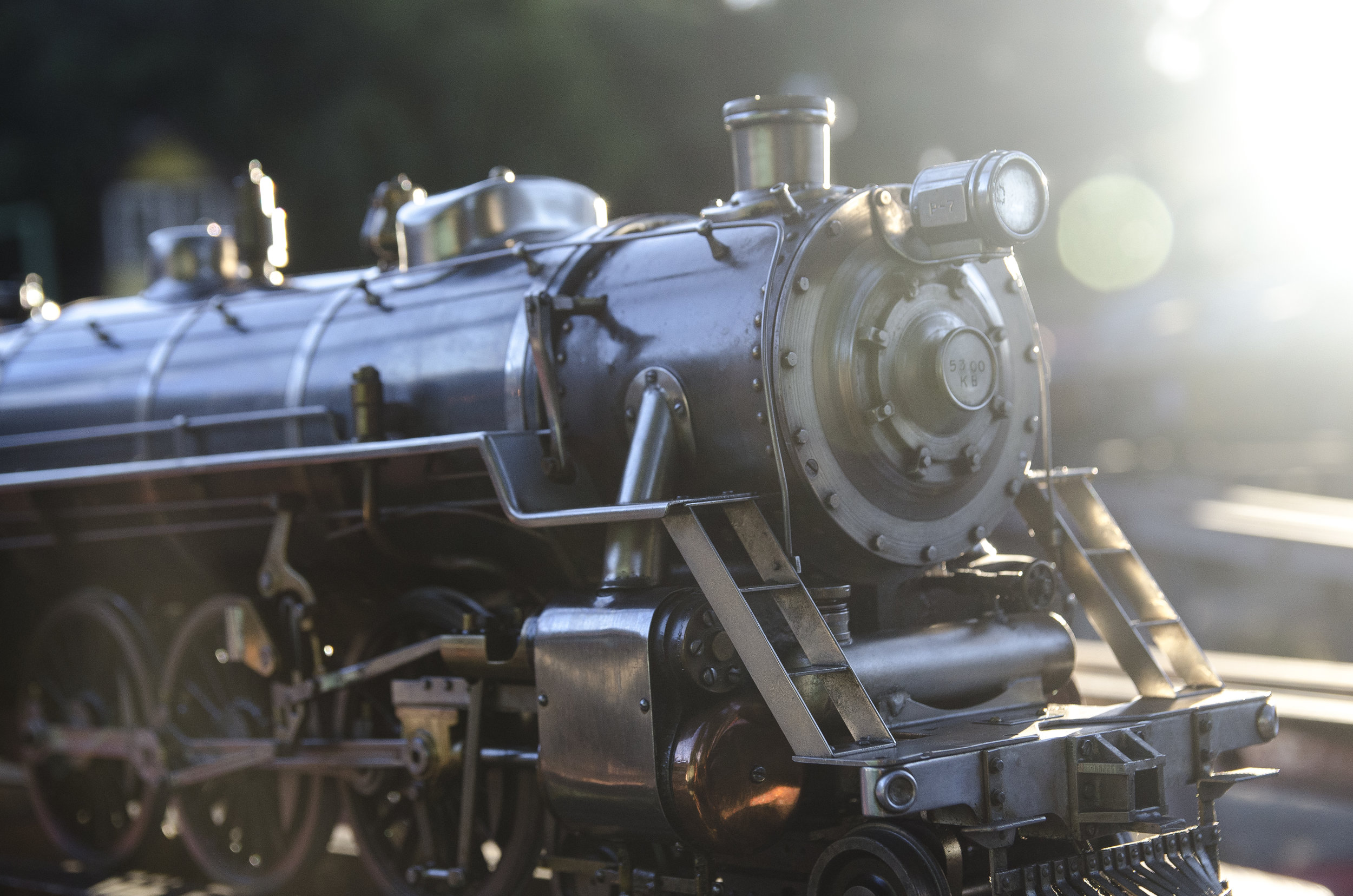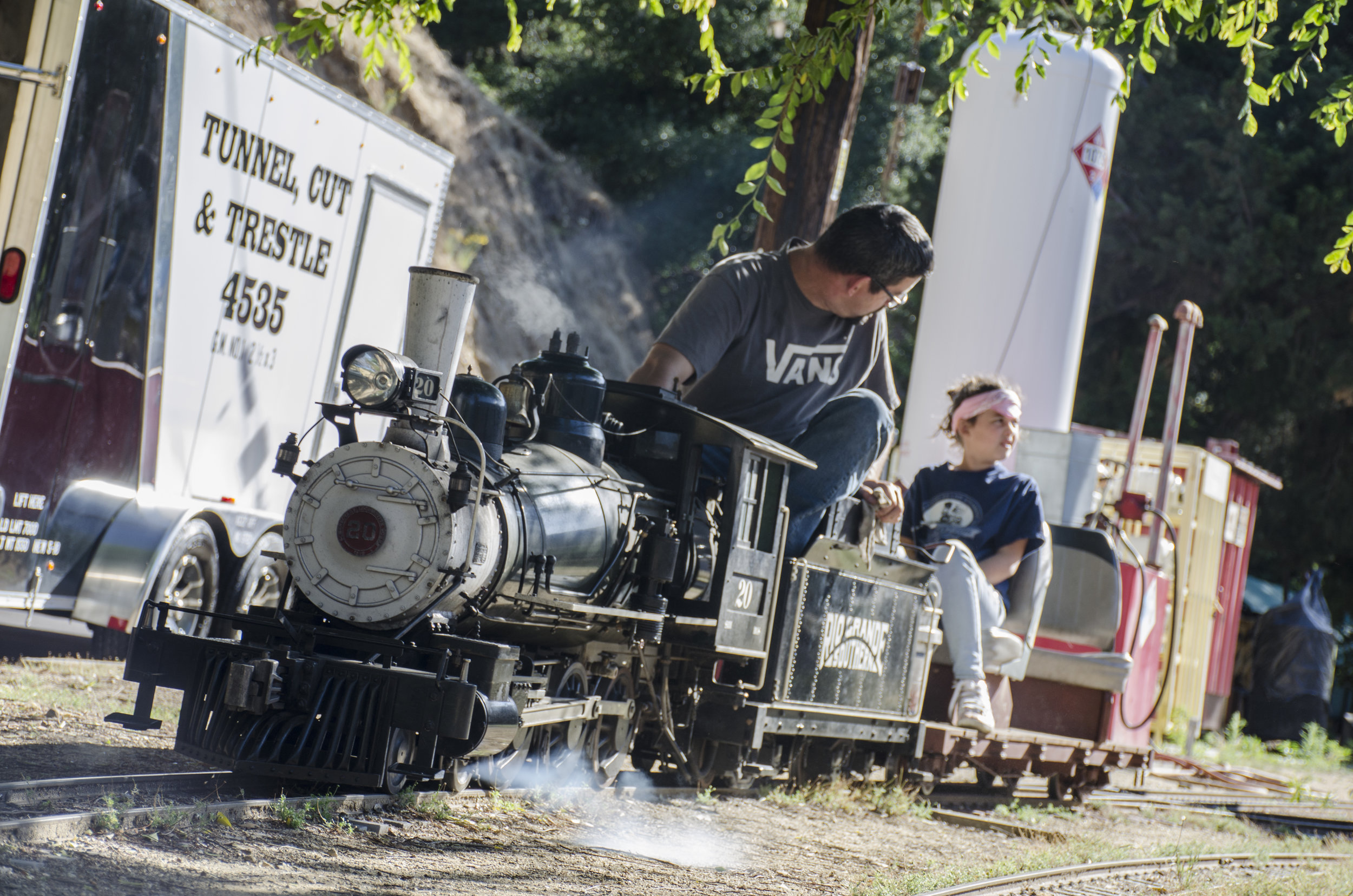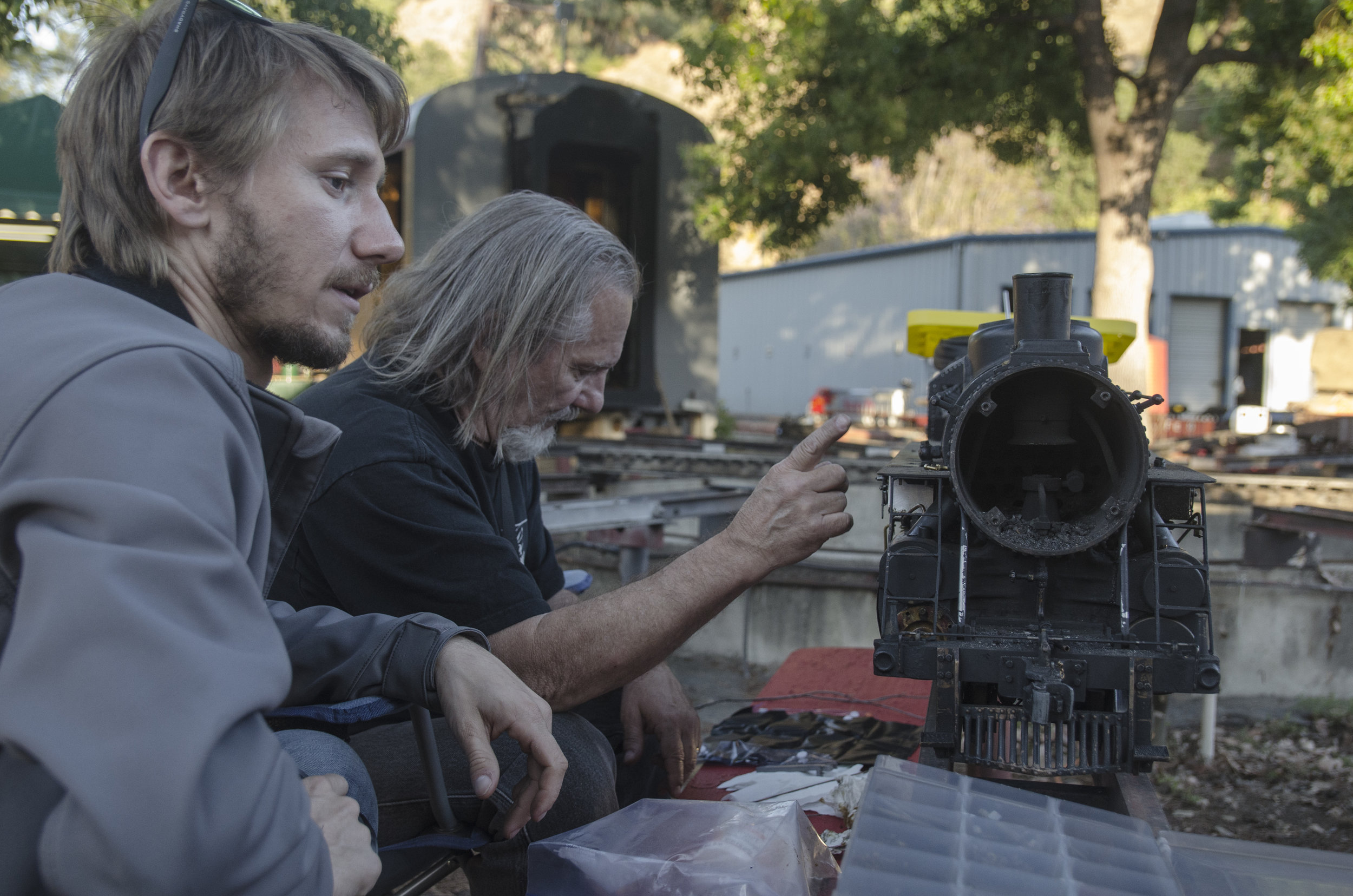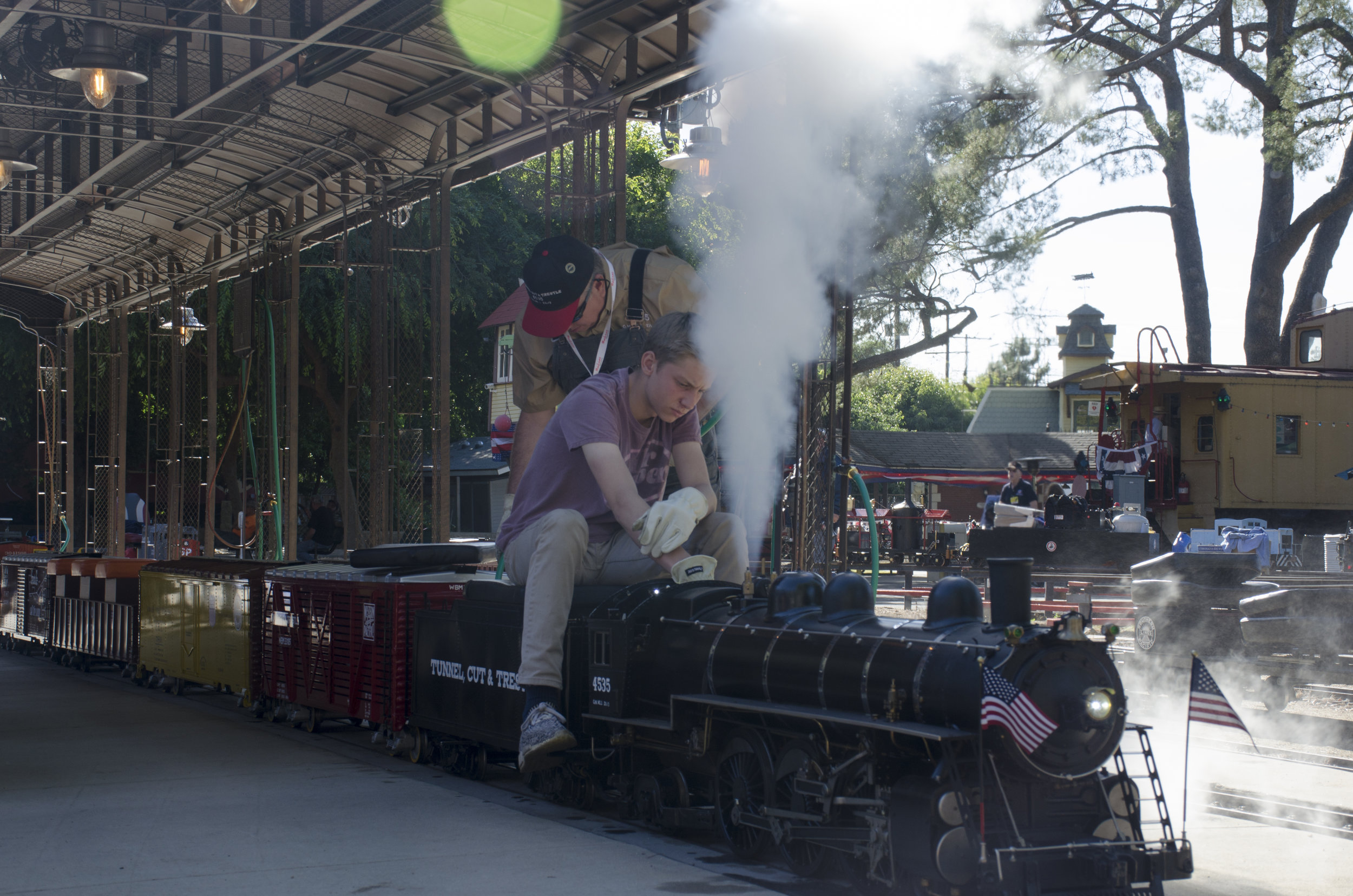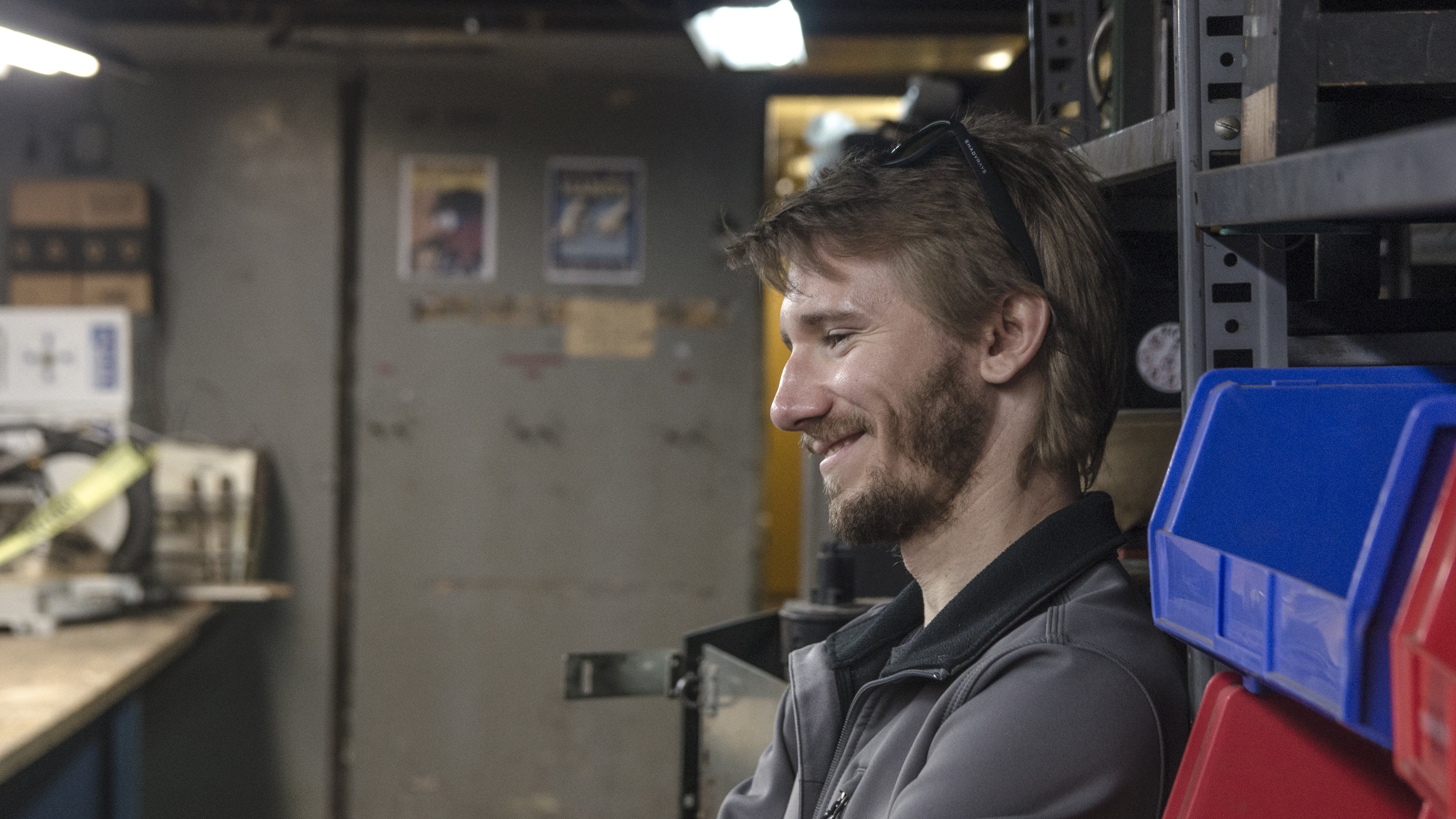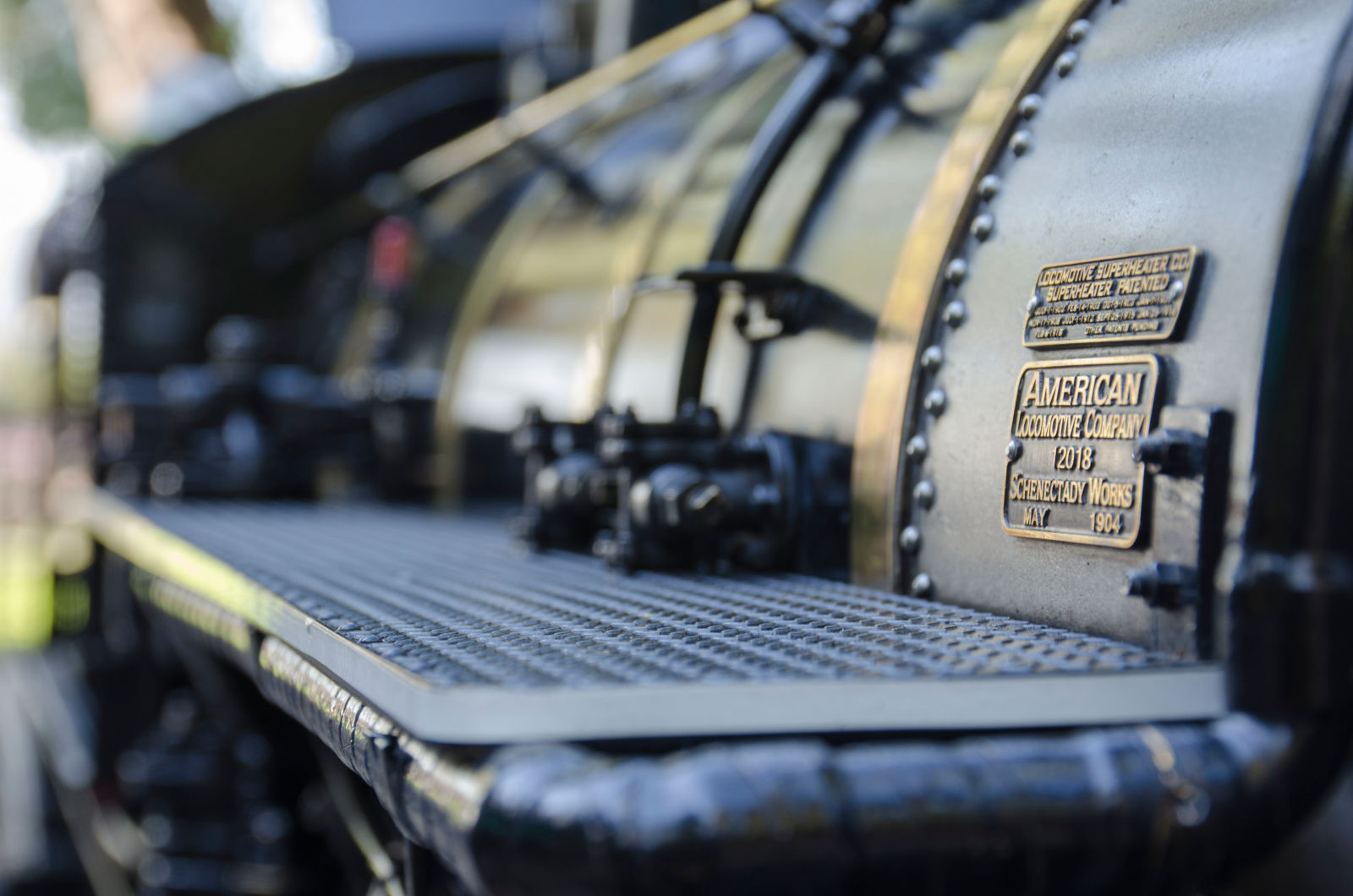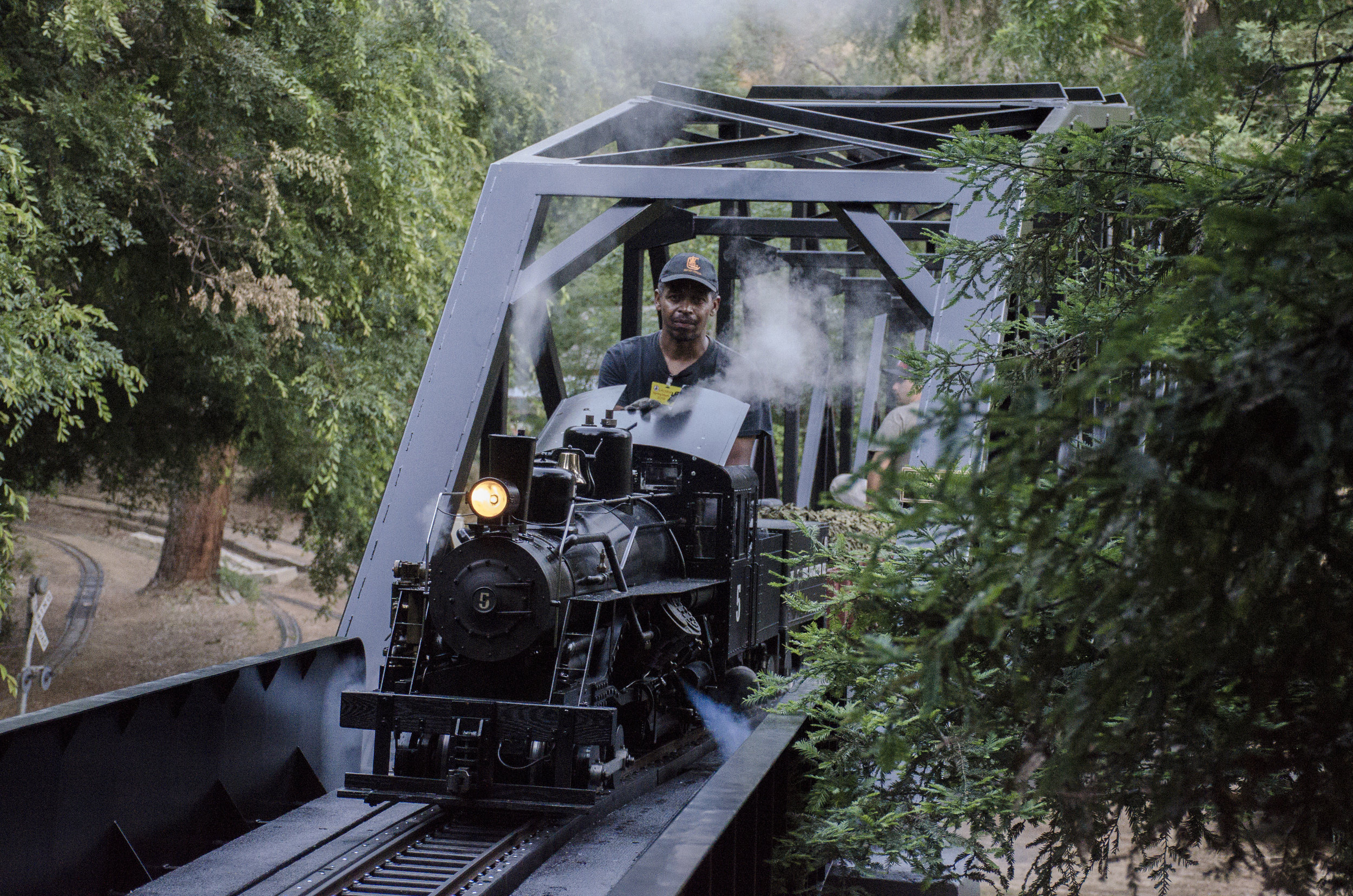FULL STEAM AHEAD. A WEEKEND AT THE LOS ANGELES LIVE STEAMERS RAILROAD MUSEUM
What makes mankind exceptional? We lack the strength, agility, or defenses that incredibly capable animals around us possess. The exceptionalism of man arises from our willingness to teach and to learn. To impact those around us with lucrative knowledge that betters our lives. Over the last three days I’ve witnessed this sacred talent firsthand. In a sleepy hidden corner of Griffith Park lies an oasis of knowledge and camaraderie. The Los Angeles Live Steamers Railroad Museum is a living exhibit not only of fully functional scale steam and diesel electric locomotives, but that of the beauty of life. Man is living life to its core purpose when we learn and apply. At the Live Steam meet over memorial day weekend, this exchange of life is paramount. The young touch, smell, and even taste the technology of their forefathers. At the same time, the son teaches the father. Modern technology seamlessly integrated with century old machining. Andrino chips controlling switching tracks for machines with designs predating the civil war.
PART ONE: AN OASIS FROM ANOTHER TIME
The Los Angeles Live Steam Railroad Museum. From here on shortened to LALSRM, has been a hideaway gem of Southern California history for over 60 years. For over half a century the organization has sparked the creative energies of hundreds of members and thousands of visitors. Walt Disney himself was a member. Even further, the barn from which Walt Disney operated his personal railroad now resides at the LALSRM.
The museum runs over two miles of railroad with multiple gauges. the tracks twist and turn through western towns, across huge bridges and dive through tunnels. At every point along the way there are visually stimulating facades or features. Everything within the park grounds was handbuilt by the members who call it home. A train oriented library with plush leather seating overlooks the park . There are full sized steam plants in operation at the park utilized to educate the members and the public.
Full scale train cars and cabooses (Cabeese? a joke) reside on set tracks and are used for machine shops, storage areas, and educational spaces. The caretaker of the property utilizes a converted caboose inside the park. The tracks are wired the same as the full scale railroads they emulate. They have electronically controlled switches to allow seamless transitions simply by reaching over and pressing a button. Signal lights warn locomotive conductors and engineers of what is around the next corner. Strict adherence to the lights is upheld. The track is shaped like an oversized bone with two large areas at each end connected by a long narrow strait. The sections hold creative names some official such as the Disney Loop and some merely nicknames like “Mountain Division”. The two segments that visually stand out the most are a run through a western mining town and a dramatic trestle bridge around the west end. At night, the western mining town has functional lighting inside the windows and on the patios to further engulf the rider in this world.
PART TWO: CREATION AT WORK
The root of Live Steam is the reproduction of Steam locomotives at scale. At LALSRM, these scales range from 3/4” to narrow gauge which is roughly 2.5” running on scaled down standard gauge rail lines. These engines can weigh up to 3 tons alone. The favorite scale is 1.5". The fascinating aspect of Live Steam is the minute detail involved. Engines that weigh up to 800,000 pounds are built at a minute scale without bypassing any parts. Scale sized valves, nobs, pistons, and boilers function just like the real thing to propel these works of engineering art down the line.
Many different types of locomotive are on functional display. Both steam and more modern diesel electric engines share the tracks. From workhorse Pacifics and Northerns to unique application locomotives such as functional crane cars and Heislers which utilize a steam powered v-twin engine layout sharing more design elements with a car than a traditional locomotive. From gleaming 3/4” steam engines with engineers precariously perched upon them wielding miniature coal shovels, to the ponderously large narrow gauge engines pulling up to 50 passengers. The eye is overwhelmed by the visible passion the members possess for their personal engines and the railroad they ride upon.
One of the most intriguing engines at this year’s Spring Meet belonged to Robert Morris. Robert traveled from Healdsburg, a wine focused city west of Sacramento California. He arrived on Friday with a gleaming nickel plated 3/4" scale Coventry B&O President Pacific.
The engine was originally built in 1973 by Ken Brenneman. The engine was fascinating and extremely well put together. The controls were aptly designed allowing the conductor or engineer to control the engine from the back of the tender instead of reaching into the little cab.
Normally these 3/4" Engines are ran on an elevated track, however LALSRM runs theirs on the floor. A setup Robert prefers, “I think running 3.5” gauge [track width] on the ground is the way to go vs our high track and LA is the only option on the West Coast.”. It’s one of the reasons he’s been coming to LALSRM since he was a child in 1980. Robert provided me with a photo of Ken Brenneman running the engine back in the 70s. According to Robert, “He worked out of his little garage down near the SP tracks in West Oakland and drank Burgermeister beer by the pallet load!” As the members would say he was “real railroady”.
PART 3: BEYOND THE TUNNEL, WHATS NEXT?
Live Steam as a passion and a hobby has been around for over a century. Engagement peaked after World War Two. At the time the average enthusiasts possessed the knowledge and the equipment to fabricate their own scale engines. As Dan Humfreville, a member with over 20 years of involvement remembered, “the majority of the owners were retired Lockeed machinists…it’s what they did as a living… as well as the mechanics for Disney”.
Today organizations like the LALSRM face a subtle dilemma. Unlike other hobbies, even the basic engines are made by hand from the front to the back. Only the most popular designs have partial kits available for purchase. The average person does not possess the wealth of knowledge that previous generations held when it comes to machining or manufacturing. In the past, building a scale engine wasn’t that far fetched considering a large population of Americans held manufacturing jobs utilizing some of the equipment required to build such a machine. At LALSRM, membership used to be withheld for only those who already possessed a steam engine. Men would go into their garages and craft their engines before ever coming to the railroad. Now, for a 20 something year old to build an engine from home without family inspiration or guidance is extremely rare. Furthermore, the cost of purchasing an 1.5” gauge engine someone else has produced is beyond that of some new cars. Even for the simpler diesel electric locomotives purchasing costs can reach 30 or 40 thousand dollars. A simple box car in a mint condition can reach up to five thousand dollars alone.
For an organization like LALSRM to continue to grow and prosper, membership must continue at a steady pace. While I did interact with young adults who were involved with their own machines at the Live Steam meet, the ratio between retirement age men and young adults is as vast as the scaled difference between the engines they ran and the full size version. I could count the number of men under 25 with my fingers from an organization of over 150 participants. All of these younger members were fortunate enough to have a father or close friend who had the “railroad” in them to pass the torch.
One such individual named Alex O’Donnell is a 24 year old with a coal burning passion within him. He relates the challenges of engaging with the next generation to the decline of STEM forward education and the “shunning” of trade schools. Alex alludes to the frustrations he’s had with his peers who are afraid of the costs. “When someone says, ‘I can’t afford it’, what am I supposed to do with that, I can’t help them?” He says the defeated attitude a lot of his peers has is frustrating because it isn’t a requirement to own and operate your own train here.
There are many members who run the club trains and help with the park decoration. While owning your own train is expensive, being a member is surprisingly cheap. Its only $100 a year to be a full member after your probationary period which consists of volunteering. Even if a prospective member couldn’t afford the bigger scales, there are even smaller gauges running in other areas. Dan Humfreville for instance aims to improve the smaller G Scale railroad. G Scale colloquially known as garden scale is the largest of the model trains. The miniature railroad, as Dan puts it “greets the visitors… the first thing they really see. the little boys especially want to see that train running around before they get on the big ride.”
The future of LALSRM is in education. The wealth of knowledge on display over the weekend was exhilarating. If the club puts some effort into creating a workshop type environment the value would increase dramatically. Even further, there is an abundance of prospective members sitting in classrooms across the city. If a partnership with a community college was created, there would be an explosion of participation.
PART FOUR: LAST STOP
The Los Angeles Live Steam Railroad Museum is a timeless gem in the city. A haven, a getaway, a place for members and the public to relax and enjoy their hobby in a supremely peaceful setting. The organization has provided a place for passions to be expressed and a place for the public to get a glimpse of how we used to travel. The members interact like a giant family and extend that love to anyone with even the smallest amount of interest. The park is open to the public on Sundays from 11 to 3. Every third Sunday the park operated the full sized steam plant to educate visitors on how they function. While there are no official plans yet, multiple non board members hope to increase public hours of operation. I sincerely hope they do because the railroad is an incredible experience.
PART FIVE: THE GALLERY
